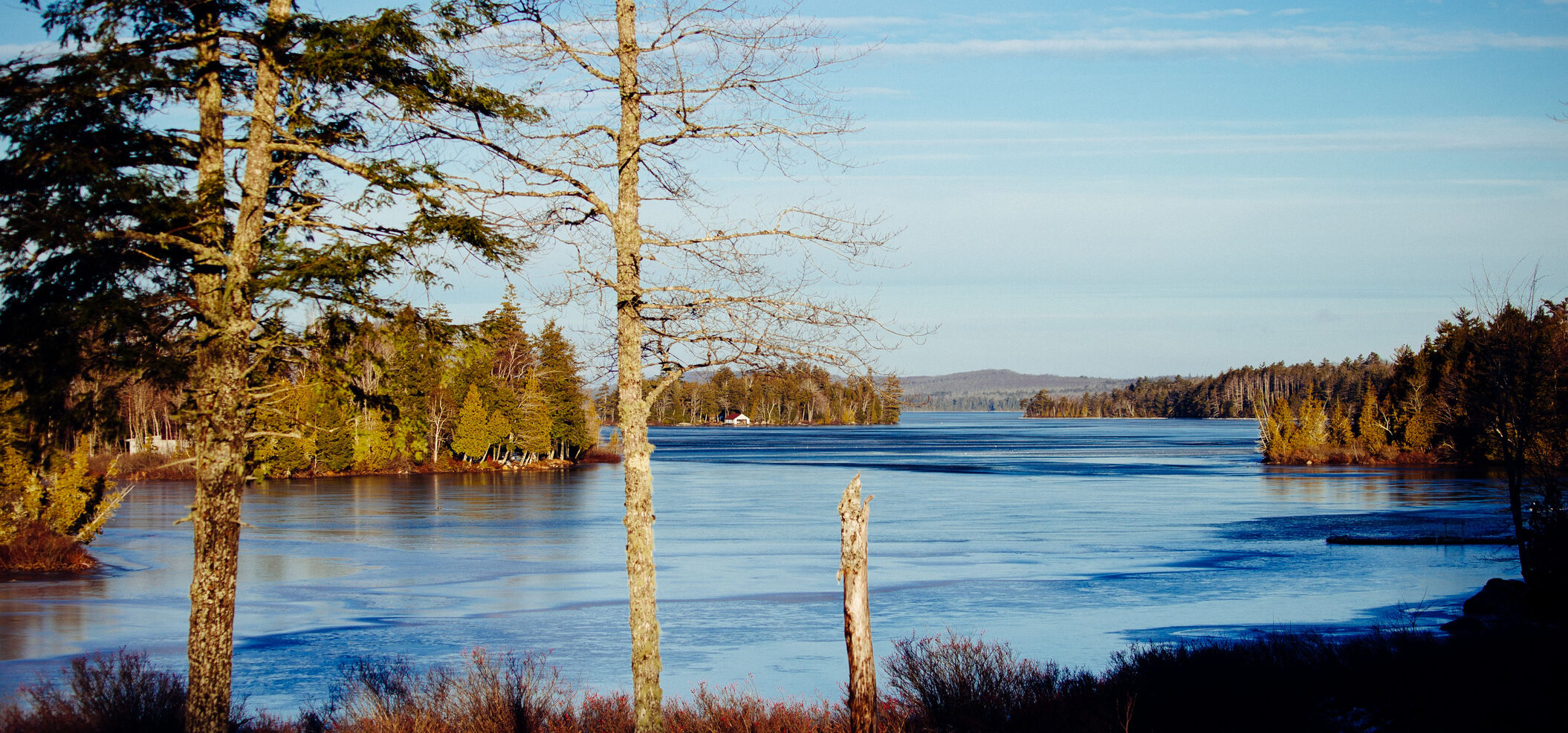The Resilience of Ntolonapemk: From Toxic Waste to Sacred Ground

Nestled along the serene borders of Meddybemps Lake and the Dennys River lies a land rich in history and resilience—a place known to the Passamaquoddy Tribe as Ntolonapemk, meaning “My Relatives’ Place.” This land, with its ancient echoes and modern struggles, tells a story of deep connection, environmental challenge, and triumphant restoration.
Ancient Beginnings
Over 14,000 years ago, as the massive glaciers that once covered Passamaquoddy Bay retreated, a new world began to emerge. The glacier’s final retreat revealed a unique landscape, setting the stage for the birth of a Passamaquoddy village. This village flourished long before the pyramids of Egypt, and the temples of the Mayan were even a thought. It was a place where the men hunted and fished, women gathered plants and crafted birch bark containers, and children played games that would be passed down through generations.
A Vital Water Corridor
Strategically positioned on the banks of Meddybemps Lake at the confluence of the Dennys River, this village thrived in its role as an important conduit for regional commerce and sustenance activities. The village was a waypoint for those traveling east or west for access either to the Atlantic Ocean or the vast network of freshwater watersheds, which connected to the Great Lakes. The site attracted visitors who came to trade stone and other materials from hundreds of miles away, underscoring its significance in regional trade networks and cultural exchange. For these reasons, the Passamaquoddy Tribe strategically maintained the village site for generations before it was lost during the years after the Revolutionary War.
A 50-Year Tragedy
However, the story of this land is not without its shadows. For over 50 years in the 1900s, the 5-acre parcel encompassing this sacred site was used as a dumping ground for hazardous military materials. The waste included toxic chemicals, leaking electrical transformers, deteriorating gas cylinders, and old military ammunition. This period of neglect left the land heavily contaminated and in dire need of remediation.
From Contamination to Preservation
In 1985, the gravity of the site’s contamination was revealed when inspectors from the Maine Department of Environmental Protection detected strong chemical odors and hazardous waste at the site. The U.S. Environmental Protection Agency (EPA) subsequently took over the emergency cleanup efforts. Despite these efforts, the site was officially listed as a Superfund project, making it eligible for federal cleanup funding.
Rediscovery and Restoration
During the cleanup, workers uncovered objects buried beneath the hazardous waste, which indicated there had been Native American activity at the site. This discovery marked the beginning of a renewed commitment to preserving the site’s cultural and historical significance in partnership between the United States, the State of Maine, and the Passamaquoddy Tribe. The EPA, working in tandem with the Maine Historic Preservation Commission and the Passamaquoddy Tribe, shifted its focus to protecting and honoring the land’s heritage.
A New Chapter
The path to transferring ownership of the land back to the Passamaquoddy Tribe was complex, involving numerous approvals from both state and federal agencies. Drummond Woodsum, serving as lead counsel, played a pivotal role in the successful real estate transfer, which was finalized in July 2024. This transfer marks a new chapter for Ntolonapemk, as the land is returned to its rightful stewards.
A Place of Healing
Today, Ntolonapemk stands as a symbol of resilience and renewal. It is a place where the Passamaquoddy Tribe’s ancestors once lived, and now, it will be a place where their descendants can once again connect with their heritage. The journey from a toxic waste dump to a sacred site underscores the enduring strength of the Passamaquoddy people and their unwavering commitment to preserving their history and culture.
As the land heals, so too does the story of Ntolonapemk—a testament to the power of perseverance and the importance of honoring our ancestors’ places.
